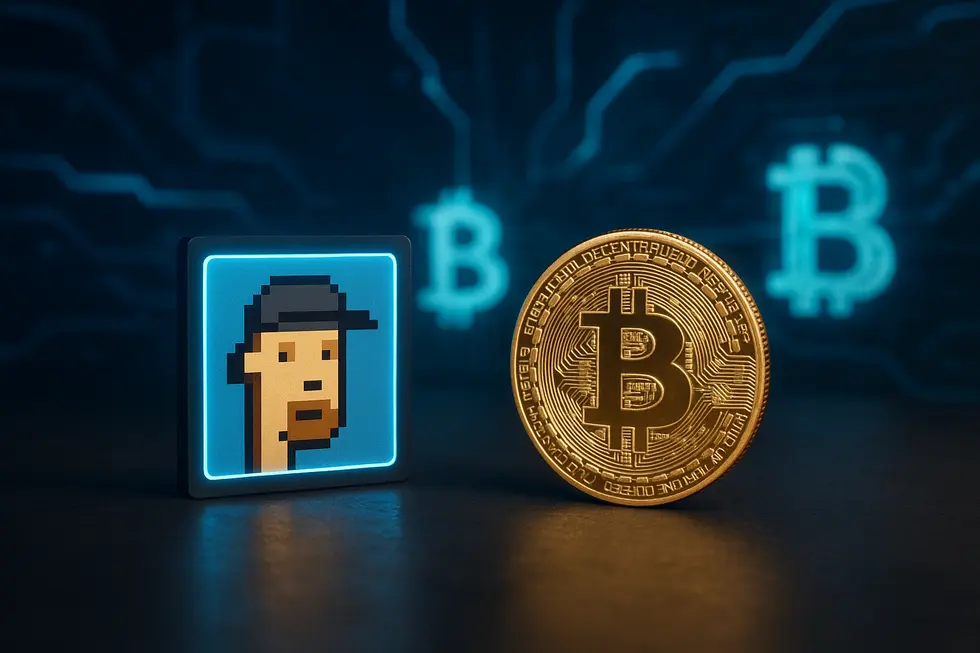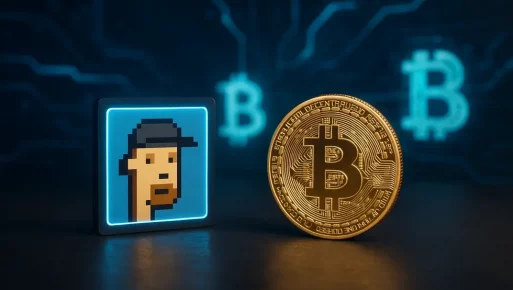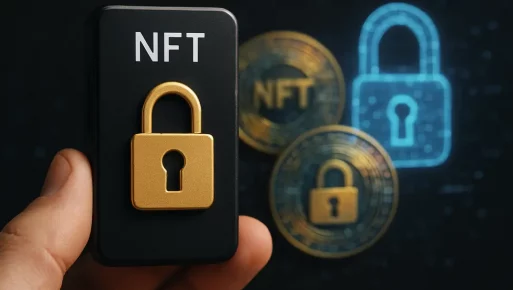For those curious about digital finance, understanding the difference between NFTs and cryptocurrencies is crucial. These digital assets are cornerstone technologies reshaping how we perceive value and ownership online. This exploration clarifies key distinctions like fungibility, usage, and value determination between NFTs and cryptocurrencies. Readers will gain insights into how blockchain technology underpins both and understand their unique roles in today’s digital landscape.
Fungibility Unveiled: Distinguishing NFTs from Cryptocurrencies

The concept of fungibility serves as a cornerstone that distinguishes NFTs from cryptocurrencies. At its core, fungibility refers to the ability of an asset’s units to be interchangeable with one another, signifying each unit’s equal value and utility. Cryptocurrencies like Bitcoin epitomize this trait. One Bitcoin holds the same value and function as another, akin to traditional currency notes. This interchangeability and division into smaller units, like satoshis, make them ideal for trade and financial transactions.
In contrast, Non-Fungible Tokens (NFTs) defy fungibility through their inherent uniqueness. Each NFT contains distinct metadata, ensuring its singularity. This uniqueness likens them to collectibles, where value derives from attributes such as rarity and provenance. As NFTs represent ownership of digital or physical assets, their worth is often linked to collector demand and perceived authenticity. NFTevening succinctly elucidates: “Cryptocurrencies are fungible… NFTs are non-fungible.” Consequently, NFTs operate on specialized marketplaces like OpenSea, rather than standard exchanges.
In essence, fungibility shapes their roles in the digital realm—cryptocurrencies as liquid assets, NFTs as unique ownership verifications.
Exploring the Unique Purposes and Uses of NFTs and Cryptocurrencies
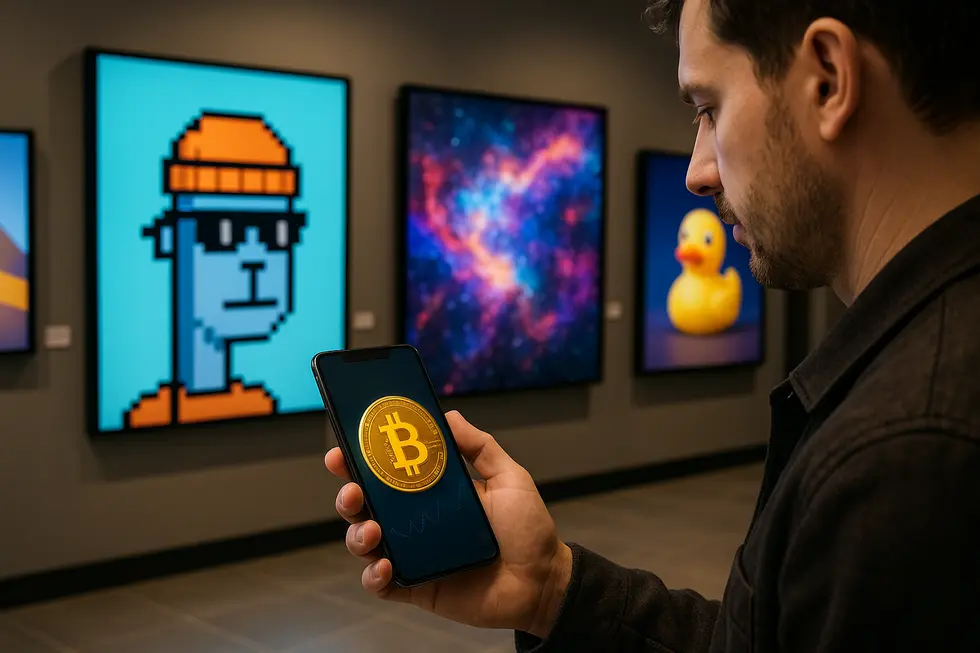
NFTs and cryptocurrencies represent two innovative uses of blockchain technology, distinguished by their core purposes and applications. NFTs (Non-Fungible Tokens) are crafted to authenticate and establish ownership of distinct digital or physical items, from digital artwork to tokenized real-world assets. Their uniqueness is embedded in metadata and identification codes that cannot be replicated or exchanged equally with other tokens. This non-fungible nature allows NFTs to fuel the market for digital collectibles, art, and exclusive virtual goods, connecting creators directly with their audience without intermediaries.
In contrast, cryptocurrencies serve primarily as digital currencies, facilitating transactions as mediums of exchange or as stores of value. Their fungibility means each unit is equivalent and can be used interchangeably, making them ideal for secure, low-cost global transactions. While cryptocurrencies form the backbone of the decentralized financial world, NFTs create avenues for individual expression and innovation within the digital realm. These distinct roles define the divergence between NFTs as digital ownership certificates and cryptocurrencies as digital money.
For more about NFTs and how they intersect with intellectual property rights, visit NFTs and Intellectual Property Rights.
Navigating Value: Distinct Paths for NFTs and Cryptocurrencies

The way value is determined for NFTs and cryptocurrencies highlights their fundamental differences. NFTs are celebrated for their singular nature, with value embedded in the uniqueness and scarcity of the asset they certify. This uniqueness offers ownership and authenticity, ensconced in storytelling, rarity, and the desirably of art, music, or collectibles. Their market is driven by a collector’s desire, with value influenced largely by cultural trends and buyer interest. This subjectivity makes NFTs like trading rare, sought-after digital art cards.
On the flip side, cryptocurrencies thrive on fungible uniformity, with each unit consistently alike. Unlike NFTs, cryptocurrencies like Bitcoin are divisible, serving as stable financial tools or investment vehicles. Their valuation is more objective, anchored in economic fundamentals such as utility, market demand, broad adoption, and technological robustness, creating a sense of stability similar to traditional currencies.
In summary, while NFTs revel in diverse cultural significance, cryptocurrencies stand as pillars of economic consistency. Each paves its own pathway for value, catering to different realms of digital ownership and financial dynamics. Explore more about how brands use NFTs to engage communities.
Blockchain Unveiled: Powering the Distinct Worlds of NFTs and Cryptocurrencies
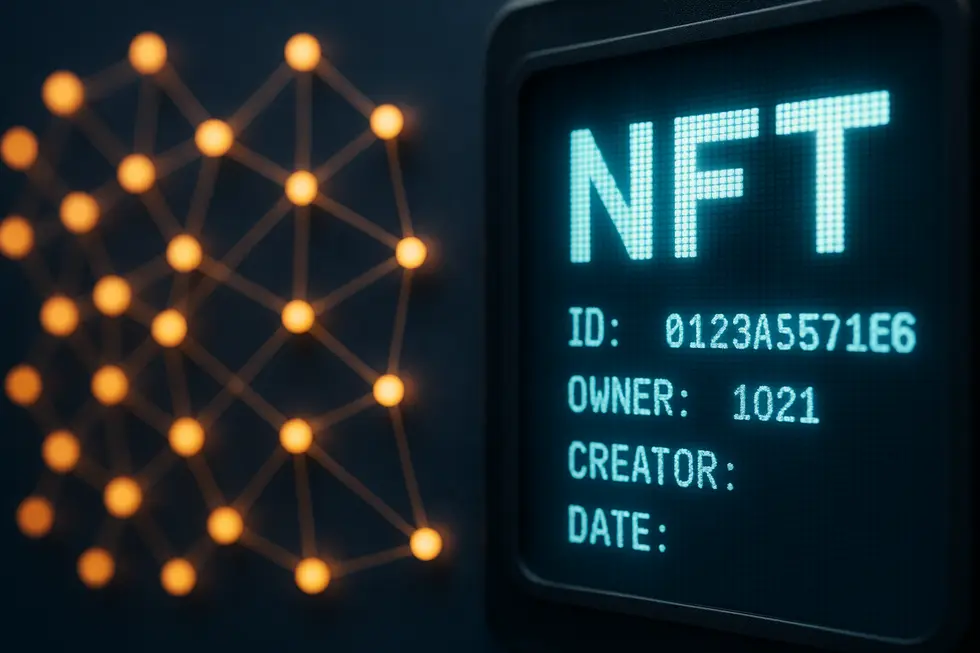
Blockchain technology forms the backbone of both NFTs and cryptocurrencies. It’s a decentralized digital ledger where transactions are recorded across multiple computers, making them secure, transparent, and immutable. Each transaction is grouped into a block, linked to the prior one using a cryptographic hash, which forms an unalterable chain. This technical marvel ensures that data, whether NFT or cryptocurrency, remains tamper-proof and verifiable.
Cryptocurrencies, such as Bitcoin or Ether, leverage this blockchain framework to function as digital currencies. Their fungibility allows seamless swapping; one Bitcoin equates to another. They are divisible and widely traded for various purposes, including investment and day-to-day transactions.
NFTs stand apart by representing uniqueness. Each token contains distinct metadata, ensuring its individuality—critical for verifying ownership of digital art, music, or collectibles. They’re indivisible and focus on establishing provenance rather than acting as a currency.
Both systems utilize blockchain’s security and transparency but cater to different needs within the digital landscape.
For understanding NFT uniqueness and intellectual property, explore more here.
Navigating the Unique Characteristics of NFTs and Cryptocurrencies

Understanding the distinct features of NFTs and cryptocurrencies lays the foundation for grasping their roles in the digital economy. Fungibility is the most noticeable divergence. Cryptocurrencies like Bitcoin are fungible; one unit is entirely interchangeable with another. This allows them to function effectively as digital currencies. In contrast, NFTs are non-fungible, each representing a unique digital asset with distinct identifiers, making them suitable for ownership in domains such as art or collectibles.
Their functions underscore this dichotomy. Cryptocurrencies primarily serve as mediums of exchange and stores of value due to their divisibility and homogeneity. Meanwhile, NFTs are akin to digital certificates, affirming the uniqueness and ownership of a particular asset. These differences in fungibility and purpose mean that while both operate on blockchain technology, their uses and valuation criteria differ dramatically. Cryptocurrencies’ values are pegged to market utility, whereas the value of NFTs often derives from an asset’s rarity and collector appeal. For a deeper dive into NFT-related security, visit wallet security tips for NFT holders.
Final thoughts
Understanding the nuanced differences between NFTs and cryptocurrencies helps newcomers navigate the digital asset landscape. Their distinct fungibility, diverse applications, and value dynamics define their roles in modern finance and digital ownership. By grasping these concepts, you can better appreciate their transformative impact and potential uses in your portfolio or digital strategy.
About us
Monbase Global is a strategic partner of OpenLive Group, focused on expanding the reach and utility of blockchain and digital asset applications across international markets. As a core collaborator in the Monbase NFT ecosystem, Monbase Global plays a vital role in driving cross-border partnerships, investment strategies, and user adoption beyond Vietnam.
With a vision to build a decentralized digital economy rooted in trust and innovation, Monbase Global supports the international growth of NFTs, digital collectibles, and the use of the MBC token across various platforms. The partnership between Monbase Global and OpenLive Group brings together local insight and global ambition—creating real-world value for creators, collectors, and businesses alike.
🌐 Join the Monbase NFT community and stay ahead of the Web3 curve.
💬 Follow us on Telegram, Twitter, or Discord for drops and updates!
Facebook | X (formerly Twitter) | Telegram announcement | Telegram community


